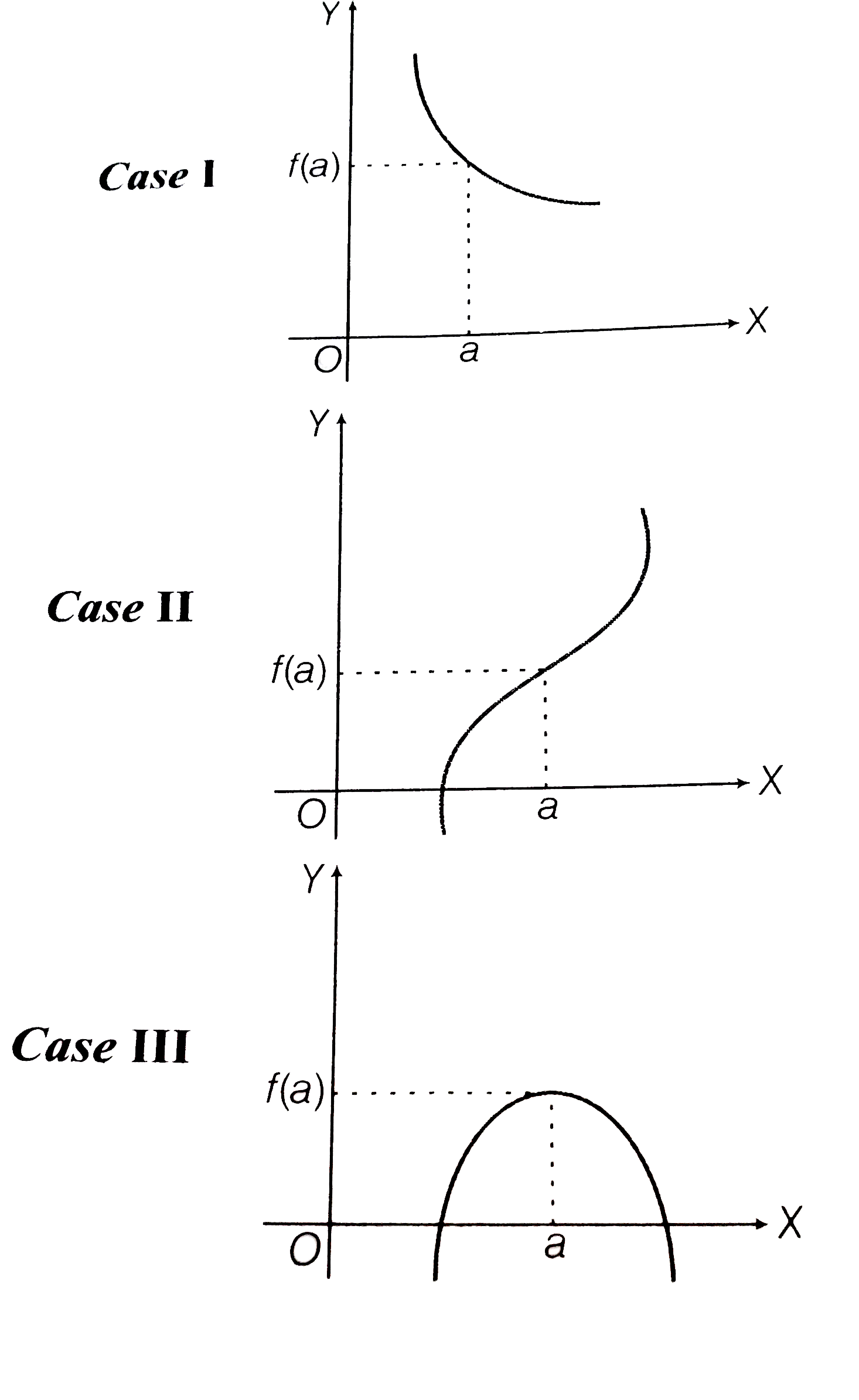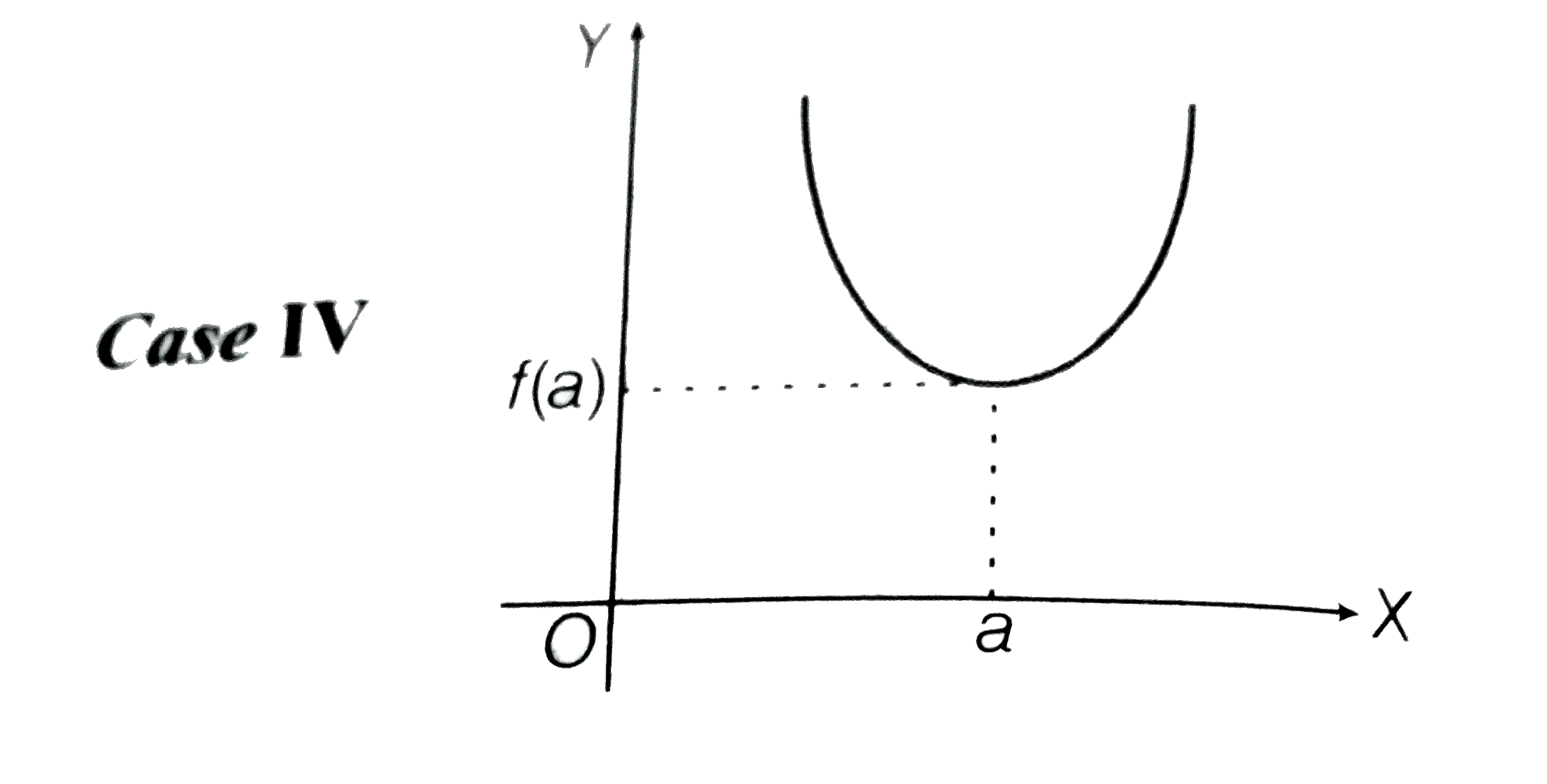Let U = {x : x ∈ N, x ≤ 9}; A = {x : x is an even number, 0 < x < 10}; B = {2, 3, 5, 7}. Write the set (A U B)’.Solution in Punjabi
The correct Answer is:A, B, D
Step by step video & image solution for Let U = {x : x ∈ N, x ≤ 9}; A = {x : x is an even number, 0 < x < 10}; B = {2, 3, 5, 7}. Write the set (A U B)’. by Maths experts to help you in doubts & scoring excellent marks in Class 12 exams.
Updated on:21/07/2023Topper's Solved these Questions
- LIMITSBOOK - ARIHANT MATHSCHAPTER - LIMITSEXERCISE - Exercise (More Than One Correct Option Type Questions)
15 Videos
- LIMITSBOOK - ARIHANT MATHSCHAPTER - LIMITSEXERCISE - Exercise (Passage Based Questions)
10 Videos
- LIMITSBOOK - ARIHANT MATHSCHAPTER - LIMITSEXERCISE - SOLVED EXAMPLES
1 Videos
- INVERSE TRIGONOMETRIC FUNCTIONSBOOK - ARIHANT MATHSCHAPTER - INVERSE TRIGONOMETRIC FUNCTIONSEXERCISE - Exercise (Questions Asked In Previous 13 Years Exam)
8 Videos
- LOGARITHM AND THEIR PROPERTIESBOOK - ARIHANT MATHSCHAPTER - LOGARITHM AND THEIR PROPERTIESEXERCISE - Exercise (Questions Asked In Previous 13 Years Exam)
4 Videos
Similar Questions
If limx→∞4x(π4−tan−1(x+1x+2))=y2+4y+5 then y can be equal to
View SolutionIf limx→af(x)=1 and limx→ag(x)=∞ then limx→a{f(x)}g(x)=elimx→a(f(x)−1)g(x)
limx→0(sinxx)sinxx−sinx is equal to
View SolutionTo evaluate limx→a[f(x)], we must analyse the f(x) in right hand neighbourhood as well as in left hand neighbourhood of x=a. E.g. In case of continuous function, we may come across followign cases.


Iff(a) is an integer, the limit will exist in Case III and Case IV but not in Case I and Case II. If f(a) is not an integer, the limit exists in all the cases. ltbgt If f'(1)=−3 and limx→1[f(x)−12] does not exist, (where [.] denotes the greatest integer function), then
View SolutionIf α=3sin−1(611andβ=3cos−1(49), where the inverse trigonometric functions take only the principal values, then the correct options (s) is (are)
View SolutionIn Which quadrant Point (−2,−3) will be lie.
View SolutionLet u(x)andv(x) be differentiable functions such that u(x)v(x)=7. If (u'(x))/(v'(x))=p and ((u'(x))/(v'(x)))=q,then(p+q)/(p-q)hasthevalueof→(a) 1 (b) 0 (c) 7 (d) −7
View SolutionLet U={x in N:2<=x<=10} be the universal set,N being the set of natural number If A={1,2,3,4} and B={2,3,6*10} then what is the complement of (A-B)
View SolutionLet u(x) and v(x) are differentiable functions such that u(x)v(x)=7 . If u'(x)v'(x)=p and (u(x)v(x))′=q , then p+qp−q has the value equal to 1 (b) 0 (c) 7 (d) −7
View SolutionIf U = {x∣x∈N,x<8}, write the union of the following sets: A={a∣a in U, a is an odd number} and B={b∣b in U, b is a divisor of 4},
View SolutionIf U={x:x≤10,x∈N}A={x:x∈N,x is prime}B={x:x∈N,x is even} write A∩B in roster form.
View SolutionLet u(x)andv(x) be differentiable functions such that u(x)v(x)=7. If (u'(x))/(v'(x))=p and ((u'(x))/(v'(x)))=q,then(p+q)/(p-q)hasthevalueof→(a) 1 (b) 0 (c) 7 (d) −7
View SolutionU=[1,5],A={x∣x∈N,x2−6x+5=0} then A'=....
View SolutionU={x∣x∈N,1≤x≤10},A={1,3,5,7,9} and B={2,5,8}. Verify the De morgon's Law.
View SolutionU={x:x∈N,x≤10},A={1,3,5,7,9},B={2,4,6,8,10} then (A∪B)'=…………
View Solutionयदि U={x:x∈N}, A = {x : x एक विषम संख्या है} तथा B = {x:x एक सम संख्या है। हो, तो A' बराबर है (a) {x : x एक सम संख्या है} (b) {x : x एक विषम संख्या है} (c) {x : x एक प्राकृतिक संख्या है} (d) {x : x एक पूर्णांक संख्या है}
View Solution
